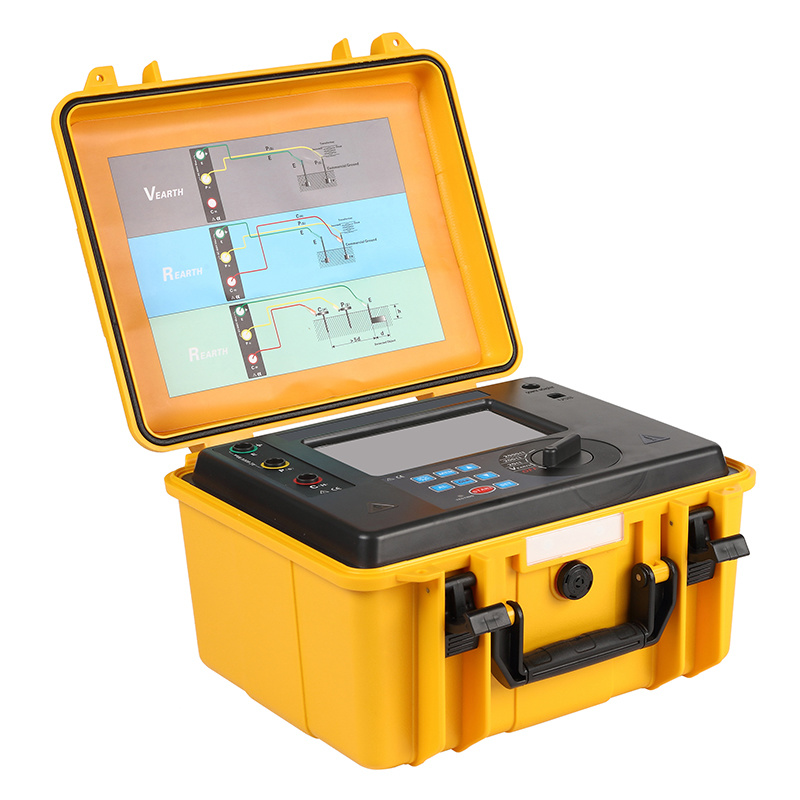Optimizing Your Digital Earth Resistance Tester
Welcome to our comprehensive guide on optimizing your Digital Earth Resistance Tester. Whether you're a professional electrician, a maintenance technician, or a DIY enthusiast, understanding how to make the most of your testing equipment is crucial for ensuring safety and efficiency in your projects. In this guide, we'll delve into various aspects of digital earth resistance testing, offering insights, tips, and FAQs to help you maximize the performance of your tester.

Digital Earth Resistance Tester, also known as ground resistance tester, is a vital tool used to measure the resistance of the earth connection in electrical systems. It ensures that electrical installations are properly grounded, preventing electrical shocks and equipment damage. Understanding how to use and optimize this device is essential for maintaining electrical safety standards.
Choosing the Right Tester
Selecting the appropriate Earth Resistance Tester for your needs is the first step towards optimization. Consider factors such as the range of resistance values you'll be measuring, the type of environment you'll be working in, and additional features like data logging and connectivity options.
Calibration and Maintenance
Regular calibration and maintenance are essential to ensure the accuracy and reliability of your tester. Follow manufacturer guidelines for calibration intervals and perform routine checks to identify any issues promptly. Keeping your tester well-maintained will prolong its lifespan and enhance performance.
Proper Testing Techniques
Mastering proper testing techniques is crucial for obtaining accurate and consistent results with your Digital Earth Resistance Tester. Ensure proper electrode placement, establish good contact with the ground, and adhere to recommended test procedures. Familiarize yourself with the tester's display and indicators to interpret results effectively.
Optimizing Performance
Achieving optimal performance from your Digital Earth Resistance Tester involves more than just using it correctly. Here are some additional tips to enhance its efficiency:
Utilizing Advanced Features
Explore the advanced features of your tester, such as auto-ranging, data storage, and Bluetooth connectivity. Leveraging these capabilities can streamline testing processes, improve data management, and facilitate collaboration with team members.
Environmental Considerations
Be mindful of environmental factors that can affect test results, such as temperature, moisture, and ground conditions. Take appropriate precautions, such as using protective covers or stabilizing the tester in windy conditions, to minimize external influences on measurements.
Interpreting Results
Understanding the significance of test results is essential for making informed decisions about the safety and integrity of electrical systems. Familiarize yourself with industry standards and guidelines for acceptable resistance values, and consult with experts if you encounter anomalies or discrepancies in your measurements.
Conclusion
Optimizing your Digital Earth Resistance Tester is essential for maintaining electrical safety and ensuring the integrity of your installations. By understanding how to choose the right tester, follow proper testing techniques, and leverage advanced features, you can enhance the efficiency and accuracy of your testing processes. Remember to stay informed about industry standards and guidelines, and don't hesitate to seek expert advice when needed. More click here

评论
发表评论